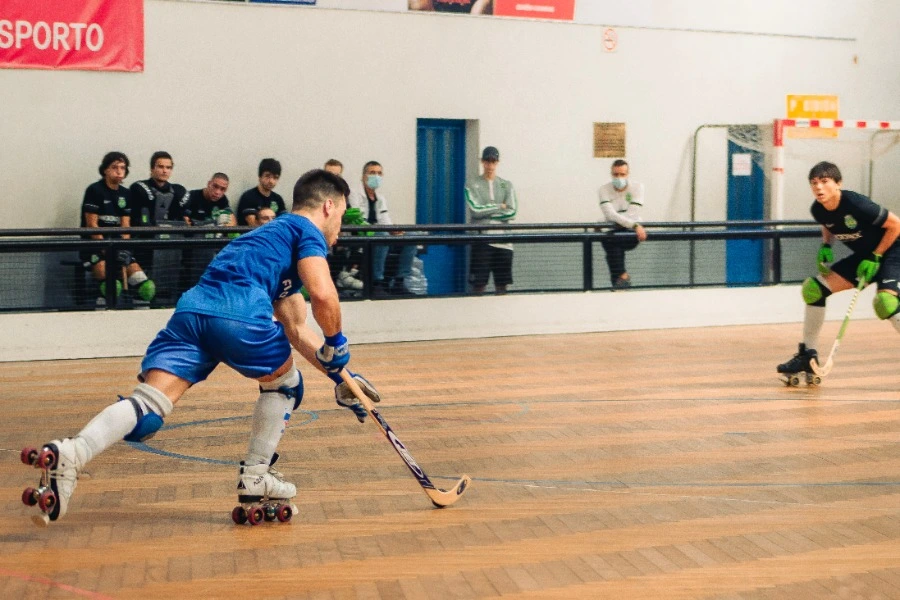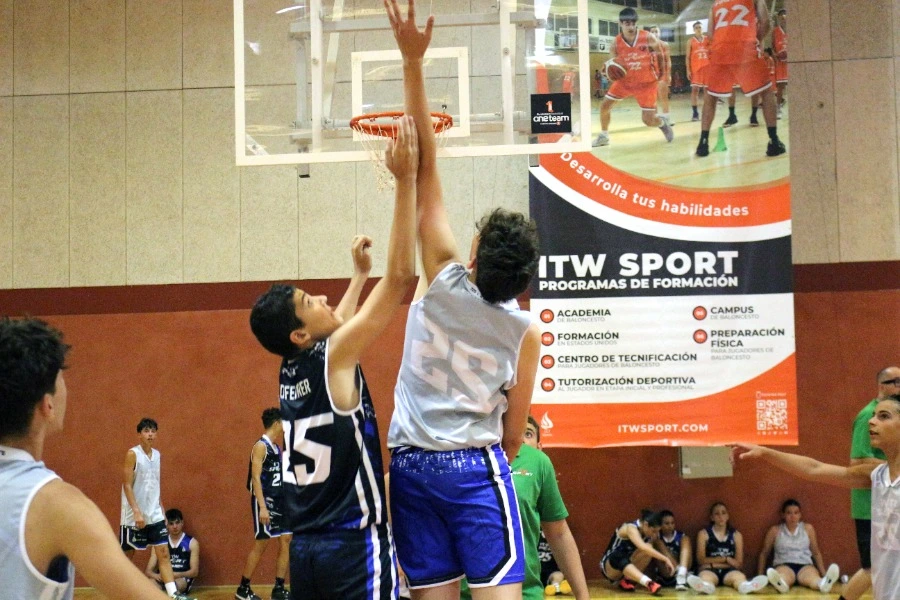A good hockey defense is not only based on physical effort, but on tactical organization that allows anticipation, closing spaces, and regaining possession. In roller hockey, where speed and precision are key, having well-structured defensive strategies can make the difference between a competitive team and a disorganized one. In this article, we explain the main defensive systems used and how to properly organize the defensive line.
Why Is a Good Defense Crucial in Roller Hockey?
Defense is the backbone of any balanced team. An efficient defensive structure not only prevents goals but facilitates the transition to attack and gives the team confidence. Without a solid defense, physical exhaustion increases, errors multiply, and the chances of controlling the pace of the game decrease. Therefore, defensive strategies must be worked on with the same intensity as offensive ones.

Types of Defensive Systems in Roller Hockey
Below are the most commonly used systems to organize the defensive line in this sport:
1. Zone Defense
This system is based on occupying space rather than man-to-man marking. Each player covers a specific area of the rink and moves according to the ball's location. It's ideal for limiting space and protecting the area from well-structured attacks.
| Advantages | Disadvantages |
| Less individual physical wear | Requires great coordination and communication |
| Greater control of the defensive rhythm | May cause confusion against quick rival movements |
| Facilitates coverage |
2. Man-to-Man Defense
In this system, each player marks a specific opponent, following their movements at all times. It's a more aggressive tactic, very useful for pressing and cutting passing lines.
| Advantages | Disadvantages |
| Constant pressure on the ball carrier | Higher energy consumption |
| Reduces clear passing options | Vulnerable if a defender loses their mark |
3. Mixed Defense
Combines both strategies: some players mark opponents while others cover zones. This system offers versatility and adapts to different moments of the game.
| Advantages | Disadvantages |
| Tactical flexibility | Harder to execute if the team is not well trained tactically |
| Ideal to respond to varying offensive systems |
Keys to Organize an Effective Defensive Line
- Work as a unit: All players must move as one, maintaining spacing between lines and avoiding imbalances.
- Constant communication: Calling out coverage, switches, or marks is essential to maintain cohesion.
- Game reading: Anticipating the rival’s moves is as important as reacting quickly.
- Specific training: Defense is not improvised. It must be trained with 2v2, 3v3, and 4v4 drills simulating real situations.
- Transition from defense to attack: Good defense creates offensive chances. A quick counterattack after ball recovery must be part of the plan.
Integrating Defensive Strategies from Early Development
Defensive strategies must be taught from youth categories. Effort alone is not enough: a tactical understanding of the game, defensive habits, and teamwork are needed. When these concepts are trained from the ground up, defensive performance improves significantly over time.
Improve Your Defense with Professional Guidance
Building a solid defense requires knowledge, time, and specialized support. At ITW Sport, we have a Roller Hockey Development Center where coaches and players work together to improve individual and team performance. Through specific sessions and tactical advice, we help implement effective defensive strategies that lead to more solidity and control during the game.
Mastering defensive systems in roller hockey is essential to building a competitive team. With a well-organized defense based on tactical understanding and cooperation, teams can stop rival attacks, protect the goal, and turn defense into the first step of offense. Betting on defensive tactics is betting on balance and team growth.





